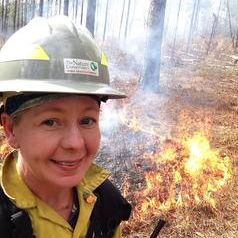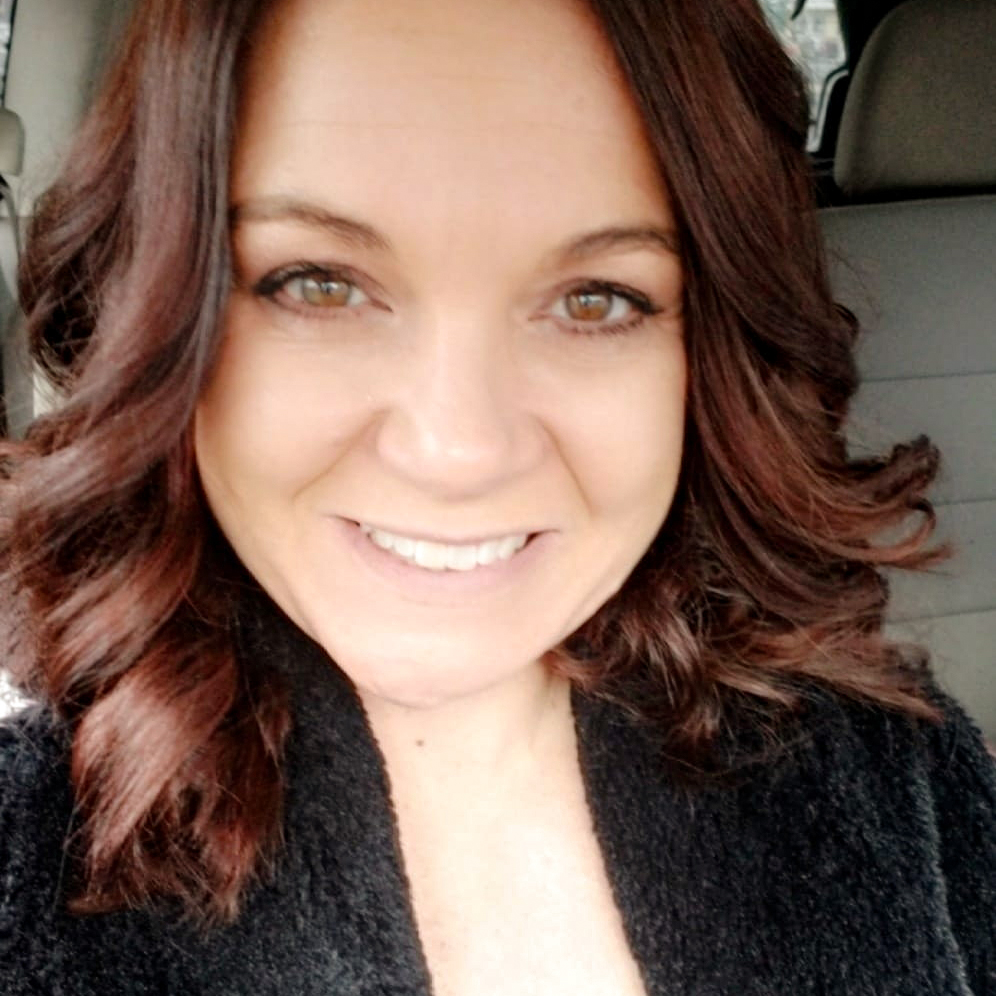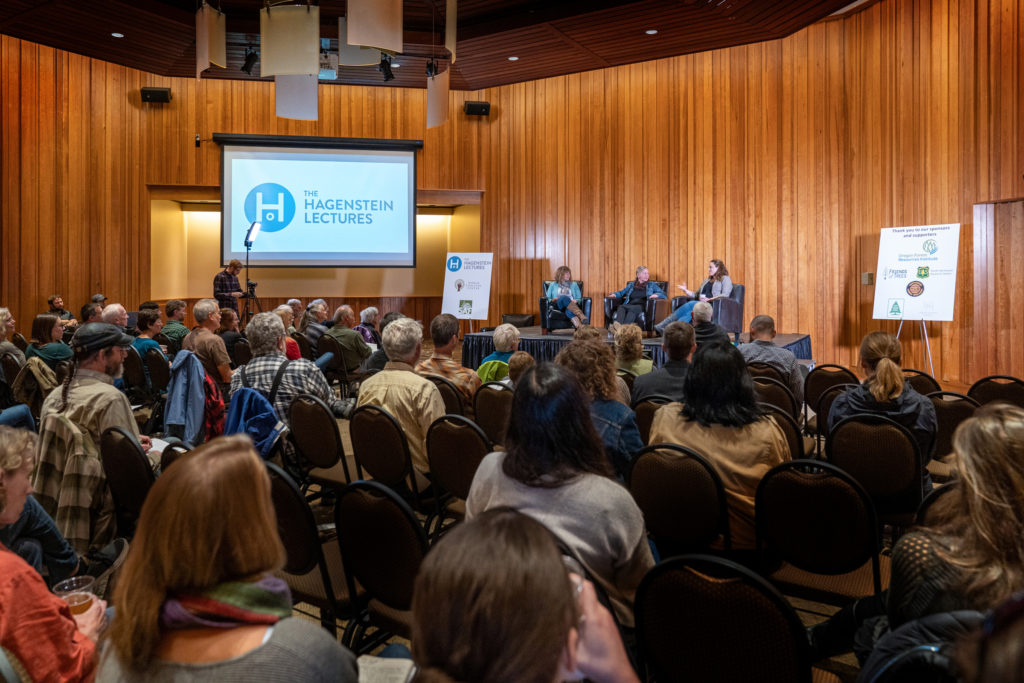As part of our Hagenstein Lecture Series, we featured Amanda Rau and Anjel Tomayko as two of our 2019 Emerging Voices in Forestry. In their talk, Women on Fire, they discussed their work preventing and managing wildfire. We checked back in with Amanda and Anjel earlier this summer to see how their work has been impacted by the COVID-19 pandemic.
Who They Are

Amanda Rau
Burn Boss & Fire Manager, North America Region
The Nature Conservancy
Amanda Rau works mostly on prescribed burns, and has been with the Nature Conservancy for over five years. She leads prescribed burns and trains firefighters from around the world in the practice.

Anjel Tomayko
Wildland Firefighter
Washington State Department of Natural Resources
Anjel is a wildland firefighter and forester who is passionate about land management. She has a diverse background having served in the military and having been a stay-at-home mom prior beginning her journey as a firefighter.
The Impact of COVID-19
“We had to cancel two prescribed fire training exchanges scheduled for this spring because of travel restrictions and concerns over contributing to the existing transmission issues,” said Rau.
“We hope to have a normal burn program in the Spring of 2021, but we are still not doing any burns near populated areas anytime soon. We don’t want to contribute to air quality issues during a respiratory pandemic. We’re also not wanting to contribute to overwhelming hospitals or having problems obtaining medical care for our personnel if we have injuries during our operations. Fire management activities, including prescribed fire, carry some risk.
“Wildland firefighting has had to adapt to the evolving nature of COVID-19. Initial attack resources are challenged with developing proficiency and building cohesion without having opportunities to train together, even with other engines on district,” she contined. “This is further complicated by interagency ‘closest forces’ agreements often resulting in multi-agency responses.
“Typically we are able to train with these agencies pre-season.” said Rau.

What We Can Learn From COVID-19
“This year is being handled very differently to limit exposure,” said Rau. “And I think that if we can keep some of that, it will help reduce the transmission of other diseases.
“When you’re fighting fire, you’re working long hours, you’re away from home, you’re sleeping on the ground, and then you add to that being more exposed to something that might make you sick, you might be more likely go get sick. So maybe we should have been doing more of this kind of tending to transmission reduction all alongto avoid that ‘camp crud’ which has been accepted as something that if you go on a fire and you’re lucky enough, you won’t get, but you probably will.”Now we’ve got measures to avoid that in the future.”
“COVID-19 has highlighted that remote training has its pros and cons,” said Tomayko. “Some meetings and trainings that are occurring online will continue beyond COVID-19, but it’s also identified that face-to-face interactions cannot be completely replaced. Many wildland firefighter trainings require hands-on learning that cannot be replicated virtually. One primary example is S-212, Wildland Fire Chainsaws. The classroom training can be done online, but the field day cannot be replicated.”
Reflecting on a Career in Fire
“It’s more important than ever to train up the next generation of firefighters.” said Tomayko. “Being the only mom (and now Grandma) on the crew, I feel a responsibility to contribute to that career development. I am always on the lookout for training opportunities for the 1st, 2nd and 3rd year firefighters as well as training opportunities for myself as I still have a lot to learn. My path is moving toward land management and away from being an on-the-ground firefighter, but I will always be a student of fire.”
“The uncertainty of this work moving forward has been challenging,” said Rau. “There are frontline essential workers in wildland fire out there right now trying to take care of things for us, and I’m very grateful to them.”
This interview took place before the September 2020 wildfires in Washington, Oregon, and California.
To learn more about Amanda Rau and Anjel Tomayko you can view the Hagenstein Lecture Women on Fire on YouTube here.
